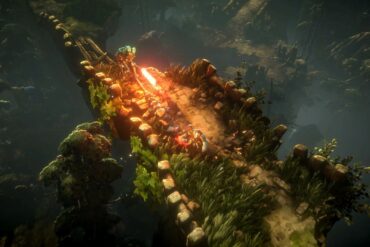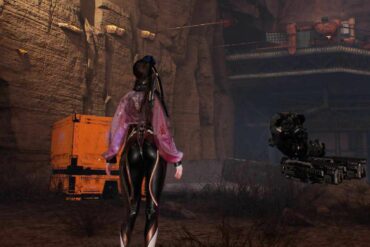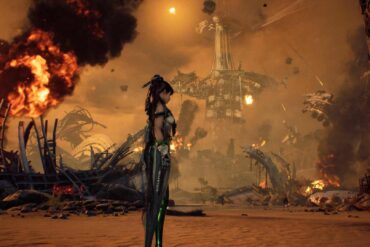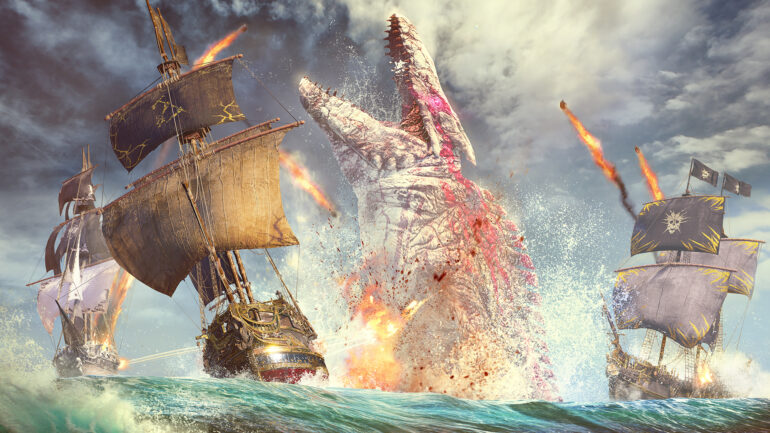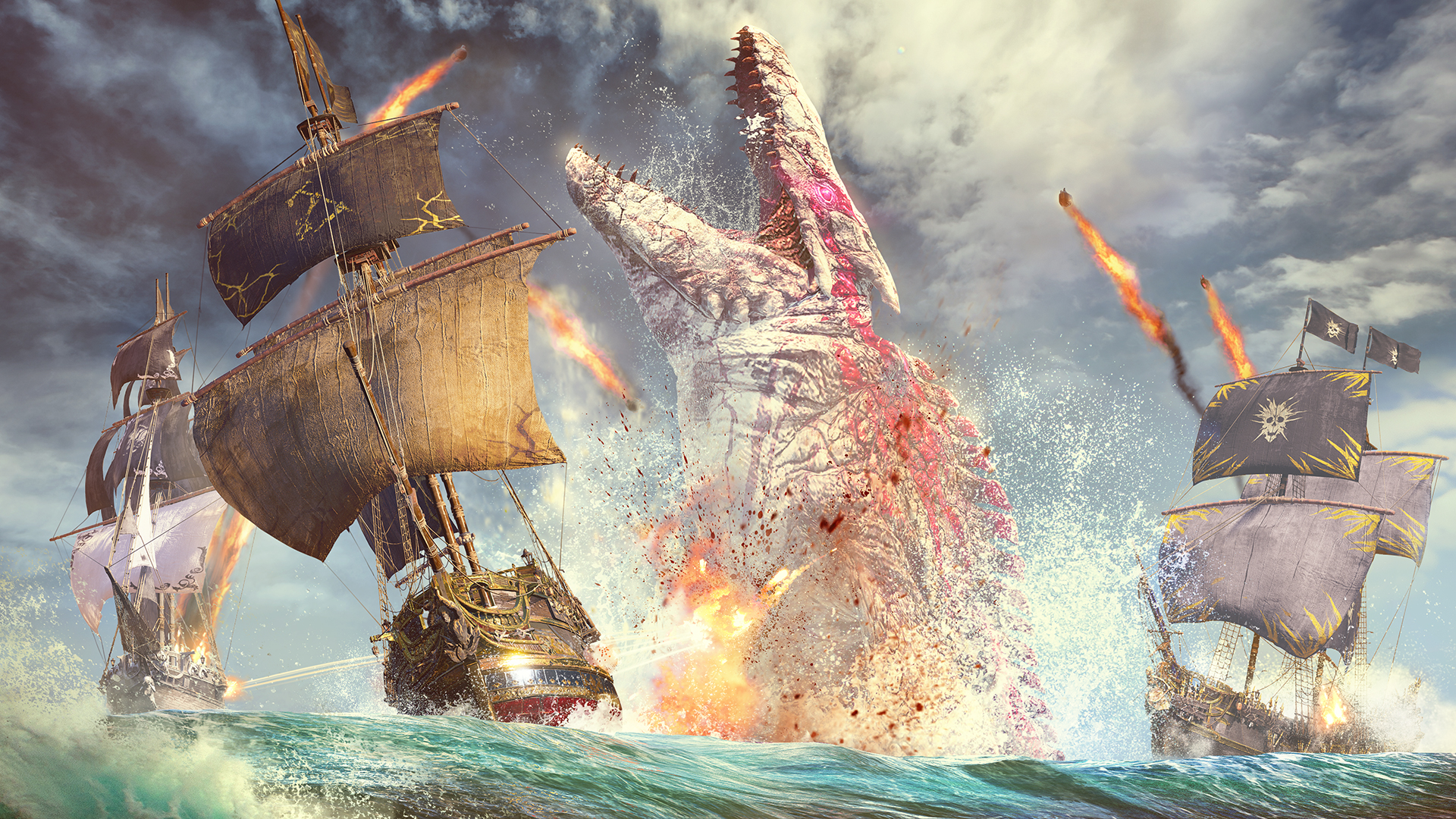Assassin’s Creed 4: Black Flag was an incredible title that was treasured for its high-seas combat, with many yearning for a full game where they sail the ocean and participate in dynamic ship combat. Fortunately, Ubisoft listened, and after 11 years, Skull and Bones is finally here. Regrettably, this spiritual successor doesn’t spark the same joy as its inspiration and much work needs to be done on Skull and Bones to stop it from ending up in Davy Jones’ Locker.
“For the most part, Skull and Bones fails to contribute to a compelling story arc.”
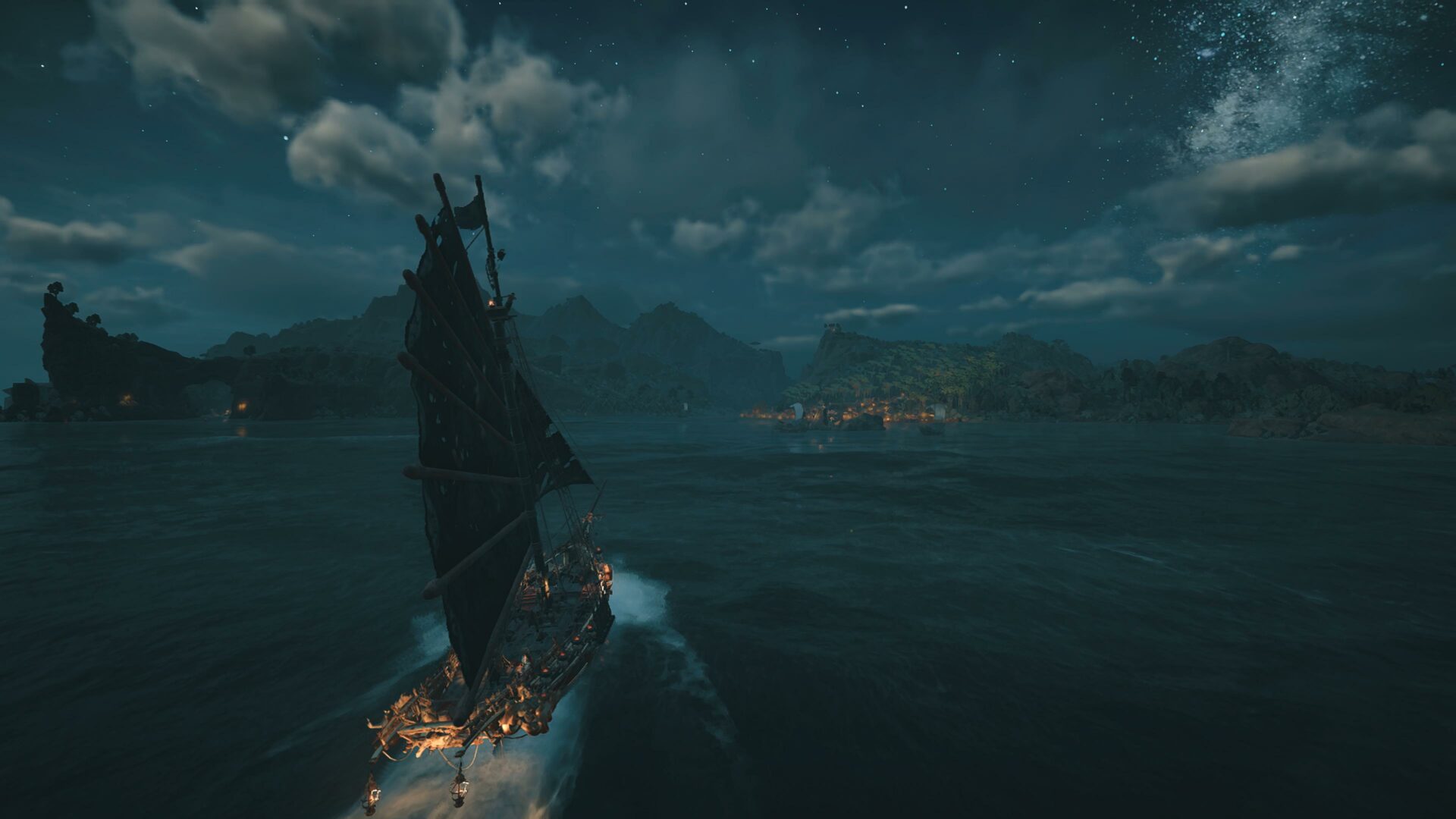
Despite its promising pirate-themed setting, Skull and Bones falls short of delivering a captivating narrative experience due to its lack of a strong central story. Players begin in a short introductory tutorial where they must take down enemy ships before a short cutscene results in the player being shipwrecked in the Indian Ocean.
You’re quickly promoted to Captain of a small passing boat and then complete quests until you meet another, more well-known Captain, John Spurlock. This is essentially where the narrative beats end, and players are given the objective of building their ship, completing missions, and increasing their Infamy Rank. However, due to the live-service elements, Skull and Bones isn’t designed to include an immersive, heart-aching story that will hold your attention for hours. There are lore snippets scattered around the world to provide some historical context, but, for the most part, it fails to contribute to a compelling story arc.
“The focus on individual quests fails to create a sense of purpose or overarching direction in the gameplay.”
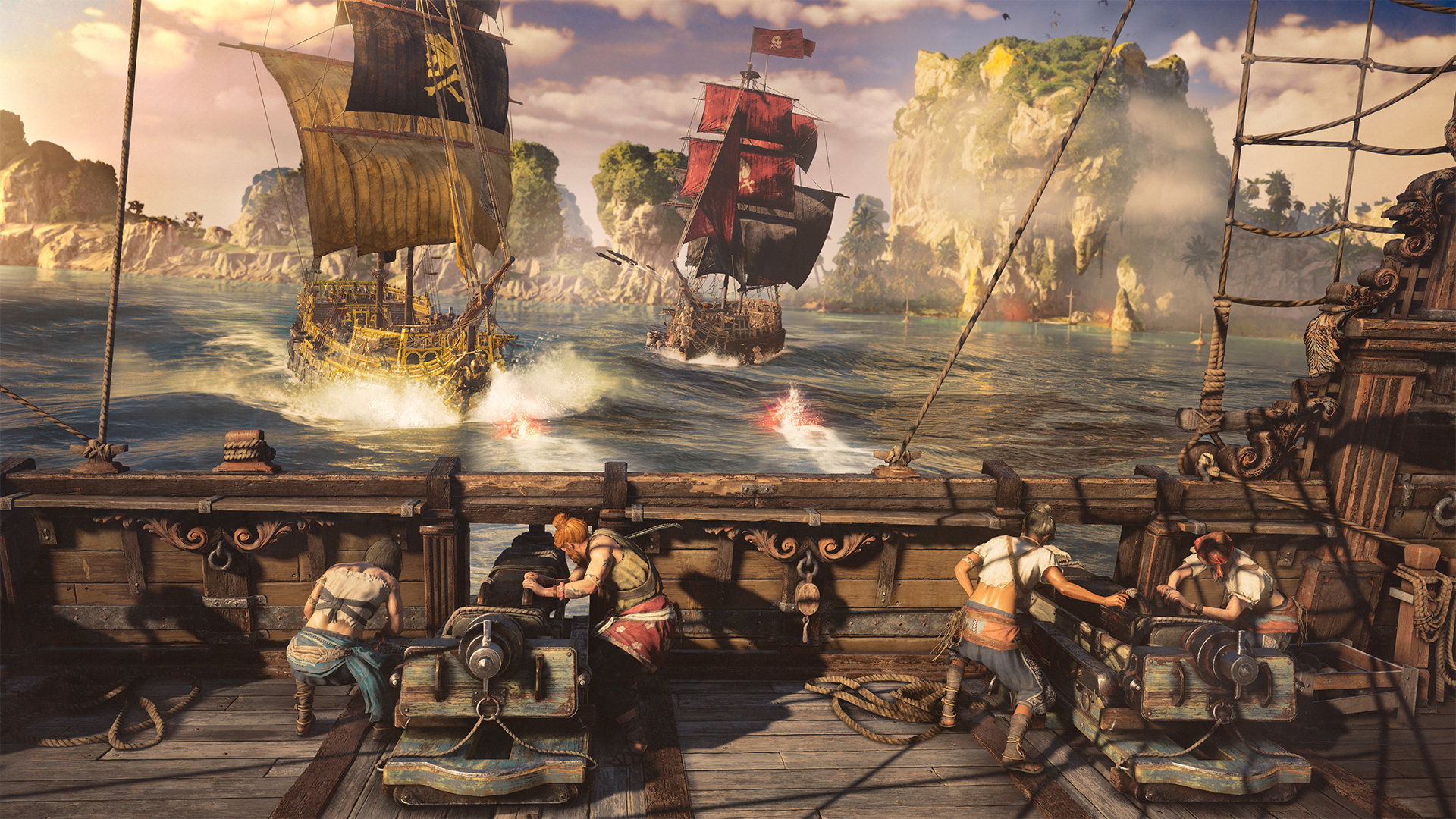
While Skull and Bones falls short of delivering a compelling narrative, its gameplay mechanics offer a mixed bag of experiences. On one hand, you have engaging ship combat, enhanced with strategic depth in maneuvering and weapon deployment, to truly capture the essence of the sea-faring experience. While there are limited ships available in the game (I’m sure there will be more in the future), Skull and Bones excels with its deep customization in ship design, allowing players to overhaul the entire visual aspect of what their vessel looks like. From weaponry and armor to furniture and cosmetics, there are so many items available for you to personalize your ship.
On the other hand, you have a repetitive mission structure that can leave players feeling uninspired and plain bored. Most quests don’t extend much past basic fetch quests, so you’ll forever be limited to traveling to a location to find an object or to take down a ship. Of course, this is fleshed out more in the end game, but ultimately, you’ll definitely struggle even to make it there. Unfortunately, the focus on individual quests fails to create a sense of purpose or overarching direction in the gameplay, and you can quickly become disconnected from the game and just sail the ocean in a monotonous loop.
“Skull and Bones shines in creating immersive soundscapes that capture the atmosphere of the high seas.”
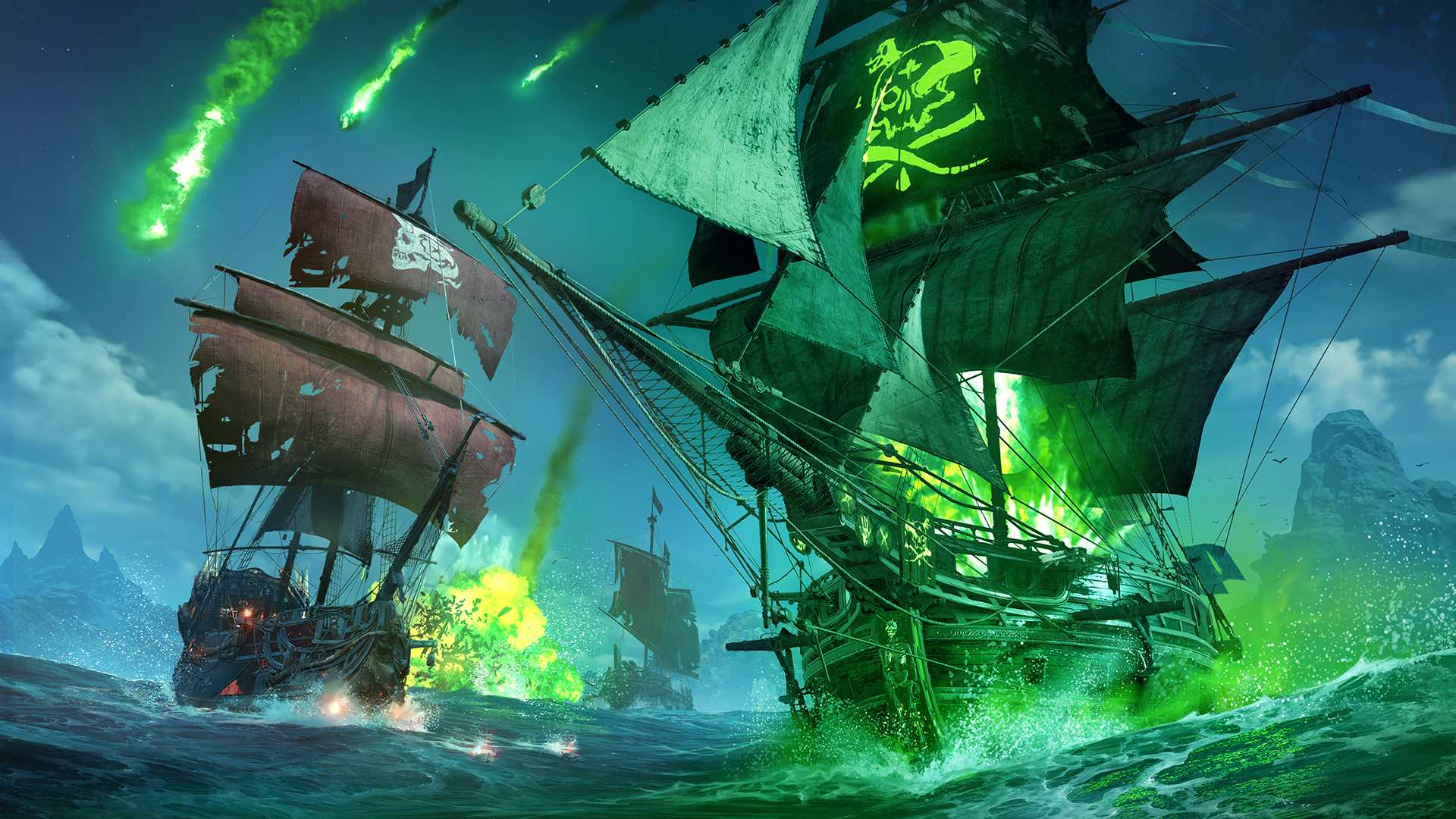
The open-world exploration component of Skull and Bones can also be a double-edged sword. While the visually stunning environments showcase lush landscapes and detailed ship models, the vast sea can feel empty at times due to the repetitive activities and concept of empty islands. Not every island is dockable, especially smaller isles, and this hinders the immersive open-world, freeing experience the game is trying to convey. Furthermore, exploring the deck of your ship is not an option, again drawing away from any enticing elements of the detailed ship customization.
Fortunately, it’s not all bad. In terms of audio design, Skull and Bones shines in creating immersive soundscapes that capture the atmosphere of the high seas. The crashing of the waves and the onslaught of constant sea shanties and music was something that kept me somewhat sane while traveling between quests. The powerful weapon sound effects also made every cannon fired feel impactful in combat.
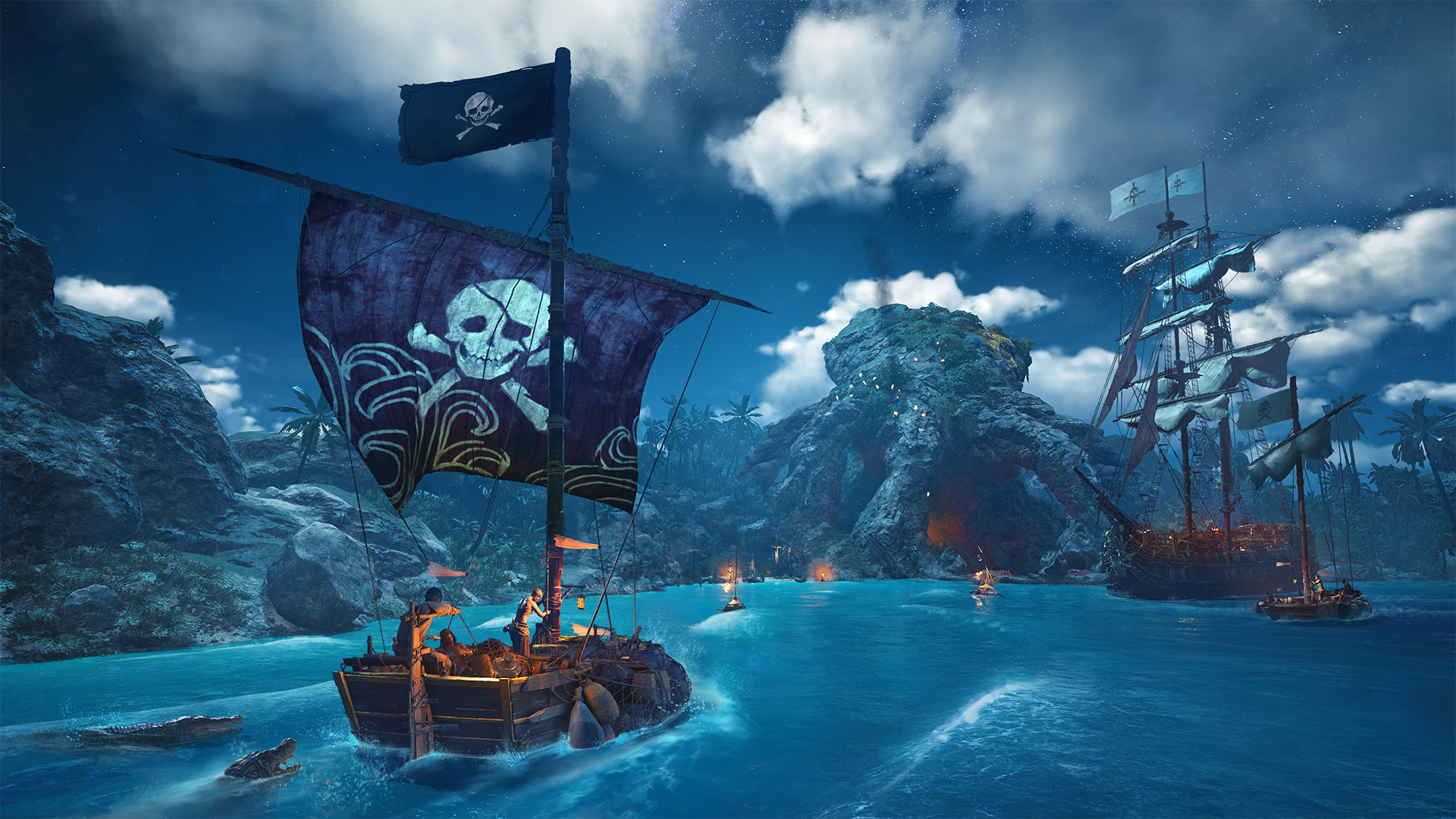
“Skull and Bones might eventually live up to the standards that many expected of it.”
Accessibility-wise, while there are no difficulty choices, Skull and Bones boasts customizable controls, with options to remove quick time events and button mashing if it invokes stress. However, compared to Ubisoft’s previous game, Prince of Persia, Skull and Bones can’t compete. The live-service element means the game can’t be paused, so unless you’re in a safe area, you could be attacked. The lack of clear in-game tutorials can leave players feeling lost at times, particularly as there is no true sense of direction or purpose. This could also hinder the ability to fully grasp the intricacies of ship customization and management.
Skull and Bones is a full-price game filled with the typical presence of Ubisoft’s signature microtransactions. In addition to this, the title introduces the controversial elements of a Battle Pass, with both a free and paid track, coinciding with the game’s mission of providing a continuous stream of content. While this approach might not be in the favor of gamers seeking a more traditional experience, it means that the game might eventually live up to the standards that many expected of it.
Disclosure: Game Crater was provided the game for this review.



